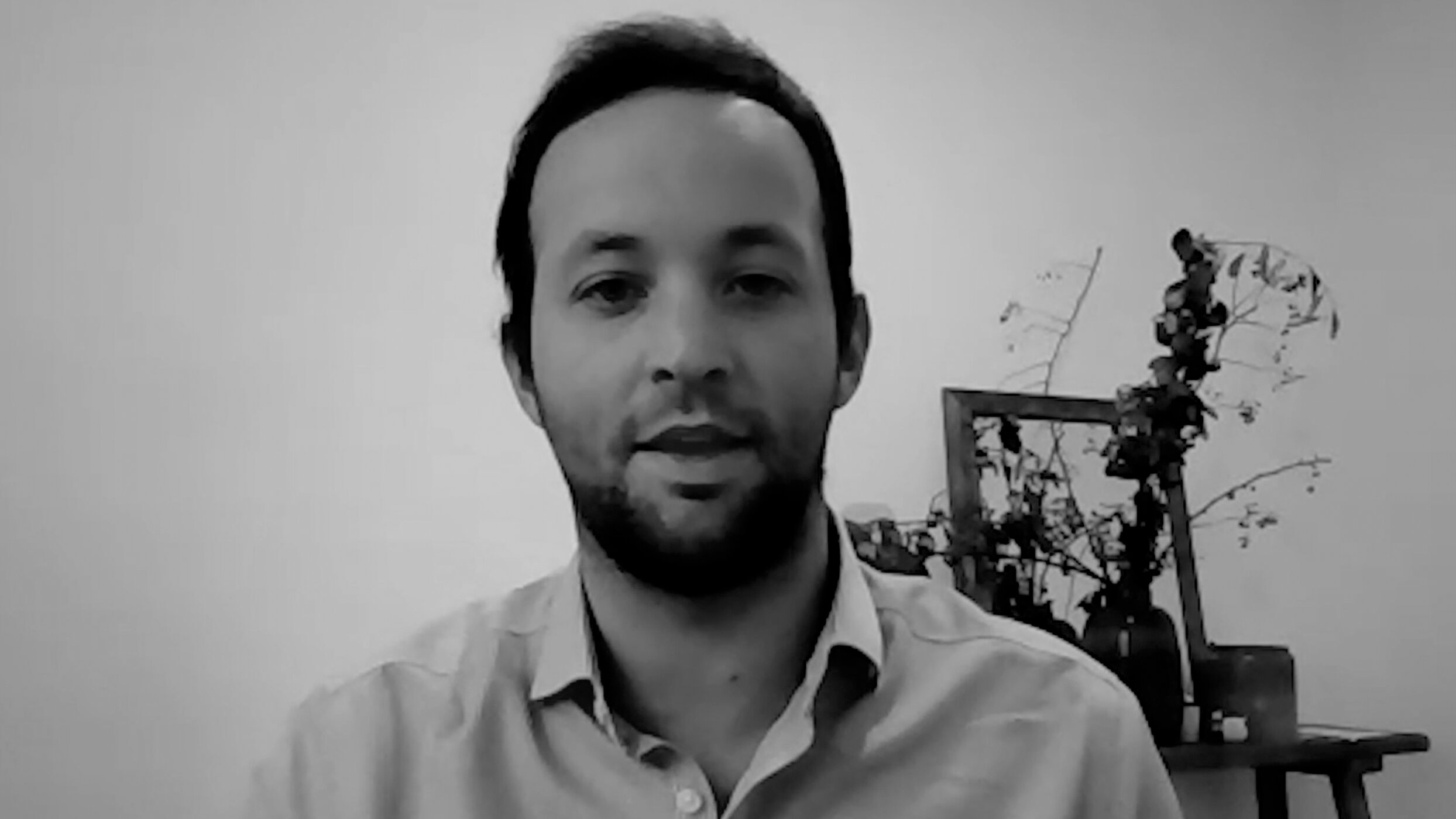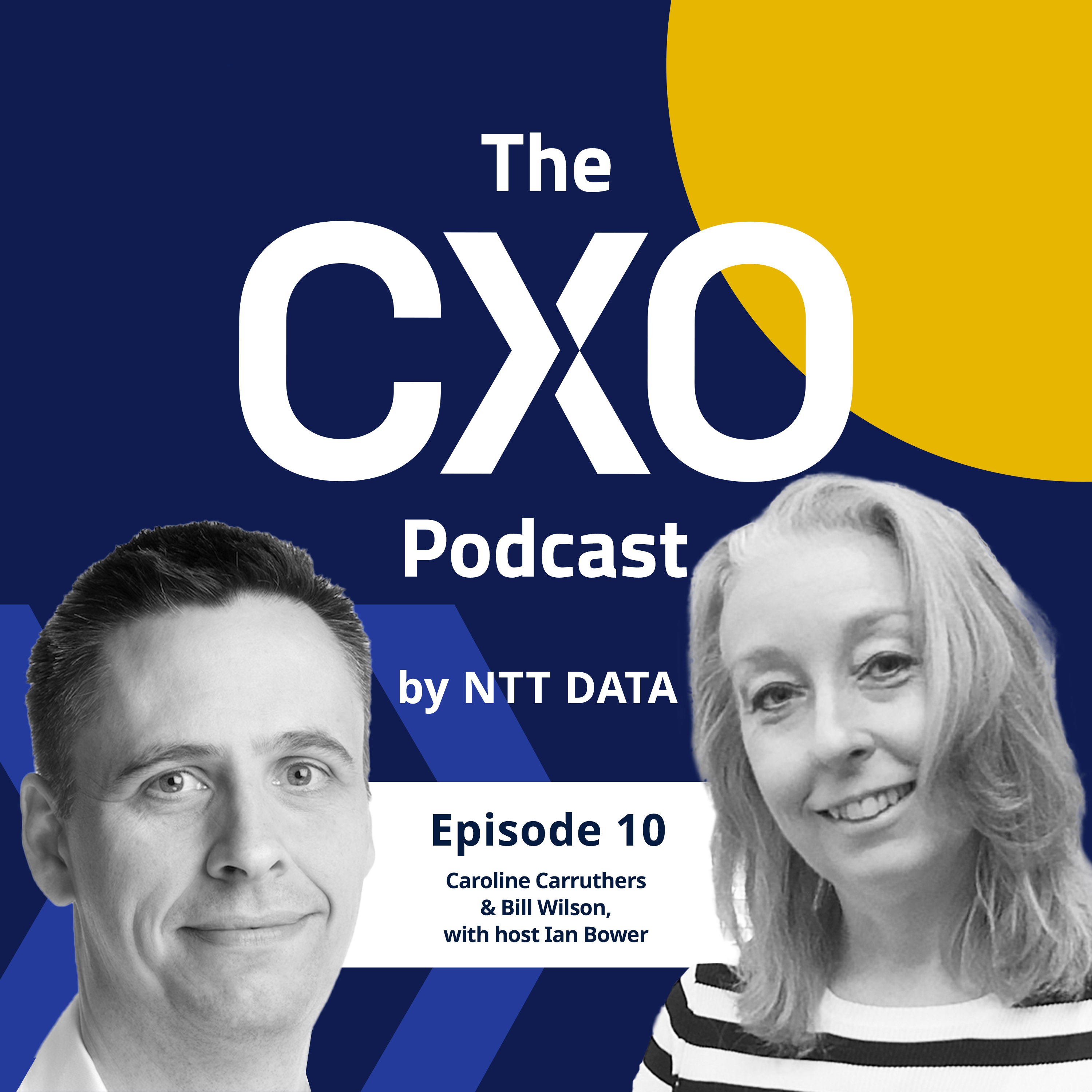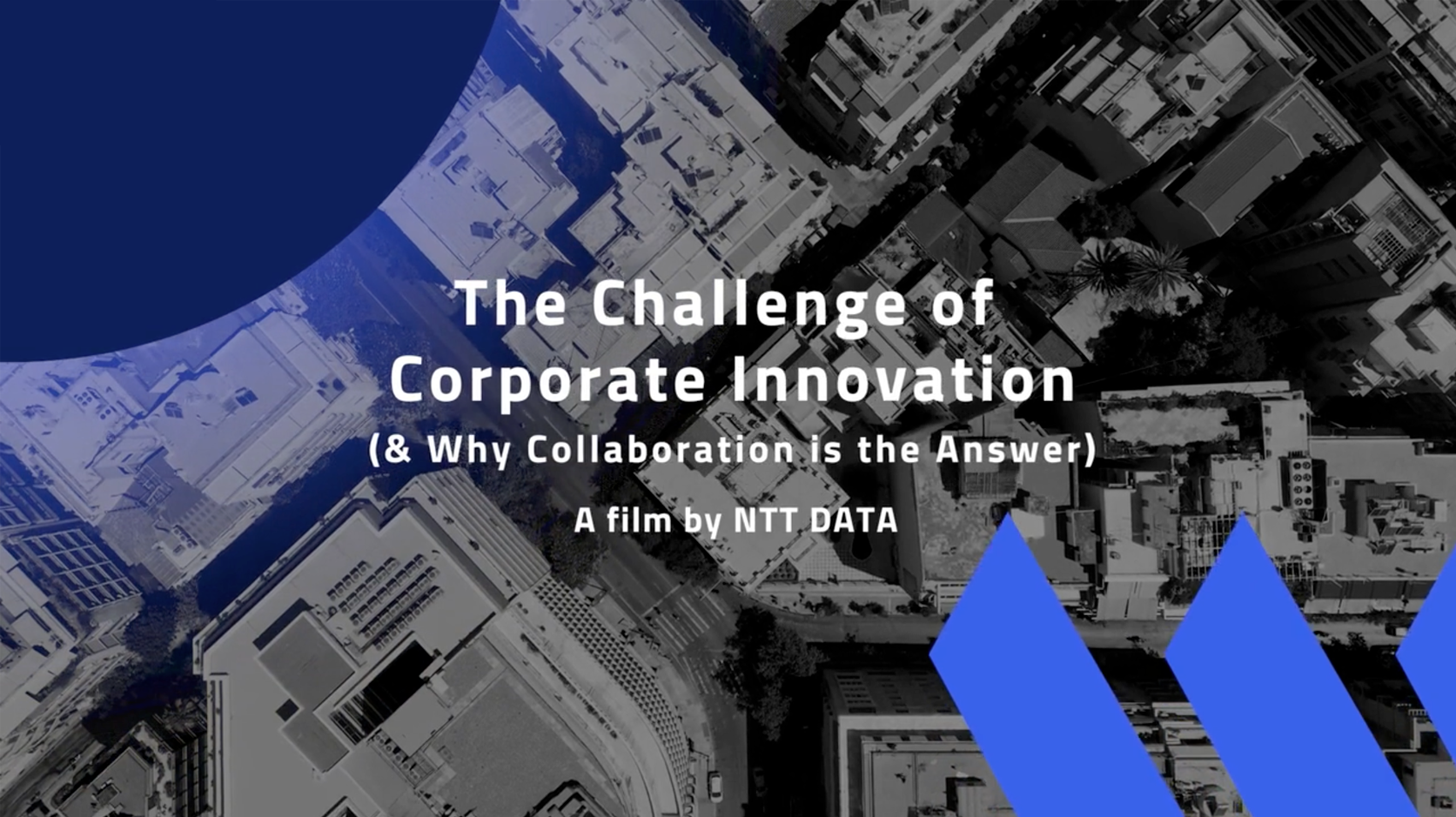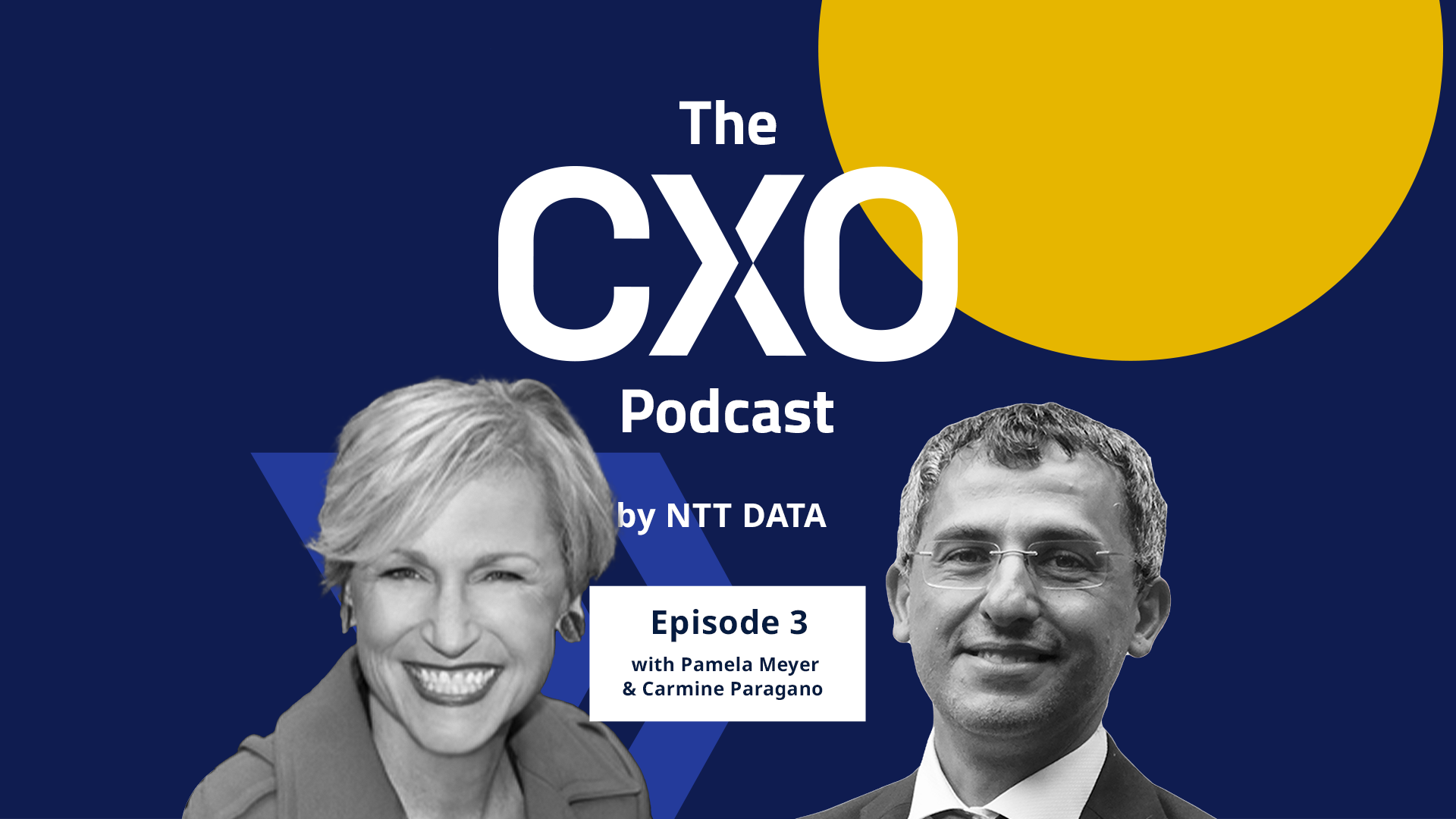
The current macro and micro operating environments are complex. A global recession, geopolitical upheaval and societal instability are ever-present complexities impacting individuals and organizations alike. This isn’t being referred to as the ‘Age of Uncertainty’ for no reason – technology is impacting every sector in new and unexpected ways, climate change and shifts in weather patterns are in radical flux, and the specter of change hangs over every business, department and individual.
On the micro level, organizations themselves are complex environments with departments, cost centers, silos, rules and legacy processes. Change has been forced into these different layers over the past three years – people and processes have been put under pressure to adapt at speed to new technologies and investments in order to thrive in the uncertainty introduced by the pandemic. And now, those changes are still rippling through the enterprise as people adapt to a new normal that’s still several steps away from being just…normal.
The new context
According to research undertaken by Warren Bennis and Burt Nanus, the world is living in a VUCA environment, one that is Volatile, Uncertain, Complex and Ambiguous. This is driving fundamental shifts in organizational strategy and leadership investment, as evidenced by the recent PwC PMI Pulse Survey 2022 which found that 53% of Chief Operations Officers believe that increasing agility is important for company growth. The survey also found that most executives believe that change has become a part of the business, and that digital and transformation are the foundational cornerstones of embracing this change to ensure longevity and sustainable growth. As a result, 41% are investing into digital and focusing on the core areas of transforming efficiencies, improving staff interactions, and connecting products and services.
There is always change, but this introduces new opportunities for organizations and employees alike – an opportunity to create a clear vision and mission, and to then define the best way of working to realize the value of these technologies and rapidly shifting environments.
There is always change, but this introduces new opportunities for organizations and employees alike – an opportunity to create a clear vision and mission, and to then define the best way of working to realize the value of these technologies and rapidly shifting environments. The challenge is to invest into tools and approaches that help you to govern the new without compromising on people and their potential.
And there are use cases that underscore the value of embracing change – of evolving with the market and the technologies that threaten to make the business obsolete. Daimler has evolved to become more than just a vehicle manufacturer; LEGO moved from just the bricks to becoming a technologically evolved brand; Philips has shifted its benchmarks so many times that it has become a leader in multiple sectors. Each one of these companies recognized that change is lightning fast and that agility is critical to success.
Moving forward, companies need to recognize that the world is uncertain and that it is critical to tailor their approaches to the new context.
The move to the future
What does it actually mean to tailor the enterprise to the new context? It means that enterprises need to understand their own unique context and invest into entrepreneurship and innovation within a structured and stable business environment. Companies need to move away from the traditional approaches within siloed organizations and rigid roles, and instead create liquid and agile environments that allow for individuals and innovative thinking to thrive.
This move away from the rigid to the flexible then allows for the organization to then be more focused on the customer – how can products and services be better curated to improve customer experiences, value for money and loyalty. It also highlights the value of people. They are the real key to ensuring that the organization is capable of enabling its strategies and driving its digital investments forward. Often, companies are so focused on the technology and the strategy that they forget that people are the real reason why these succeed.
It is important for enterprises to review their organizational structures so they are more flexible and adaptive, removing processes and barriers to innovation so that people have the freedom they need to express themselves.
It is important for enterprises to review their organizational structures so they are more flexible and adaptive, removing processes and barriers to innovation so that people have the freedom they need to express themselves. If companies are more adaptive in their approaches, they are more likely to create services and solutions that reflect this ideology, and that meet very real customer needs and expectations. A company with true business agility requires a balanced mix of organization and process to ensure stability, alongside entrepreneurship and adaptability to deliver innovation.
A framework for success
NTT DATA is a global partner of the Scaled Agile Framework that combines multiple methodologies to create a comprehensively agile environment for the organization. It can start as small as a few teams working together to embed agility and then expand throughout the enterprise, allowing for an iterative approach to changing the way an organization operates and its agility matrix. This framework can be implemented over several years through an adaptive approach that allows for the enterprise to adapt and evolve its products intelligently – aligning change with need, while optimizing cost and time spent. It also ensures that time isn’t spent developing the wrong products at unnecessary cost to the company – iterative agility means that the business is capable of planning strategically while reacting tactically.
The success of this approach to design, culture, company and strategy has already been seen in giants like Microsoft and Amazon. Agility helps companies to become first movers or fast followers in a rapidly evolving market, and to respond to the growing demand for innovation from the end user.
The success of this approach to design, culture, company and strategy has already been seen in giants like Microsoft and Amazon. Agility helps companies to become first movers or fast followers in a rapidly evolving market, and to respond to the growing demand for innovation from the end user. This is then tempered with investment into people who still sit at the center of the business – they are not mere cogs in the system, they are the real engine of change in the organization.


















































